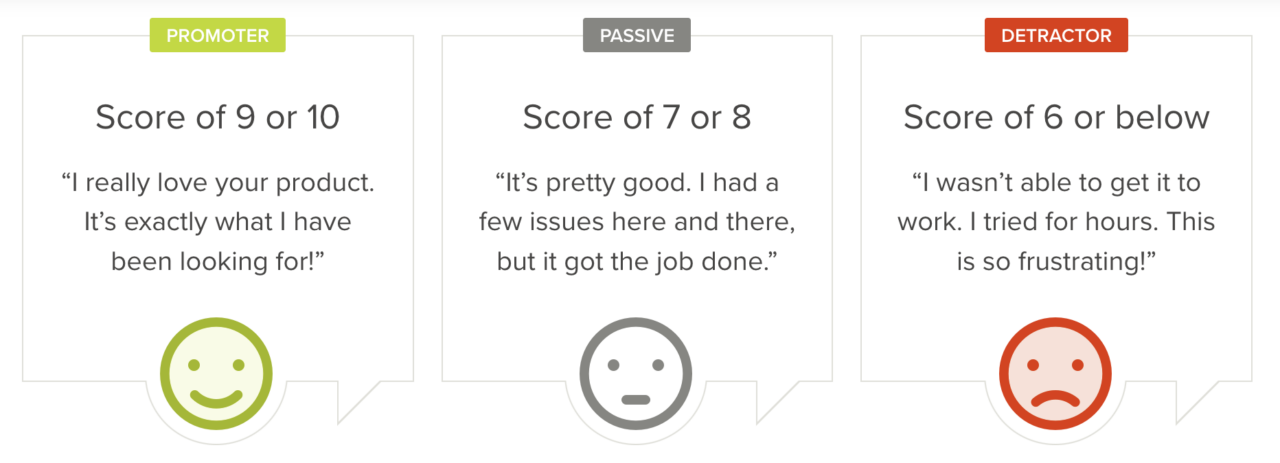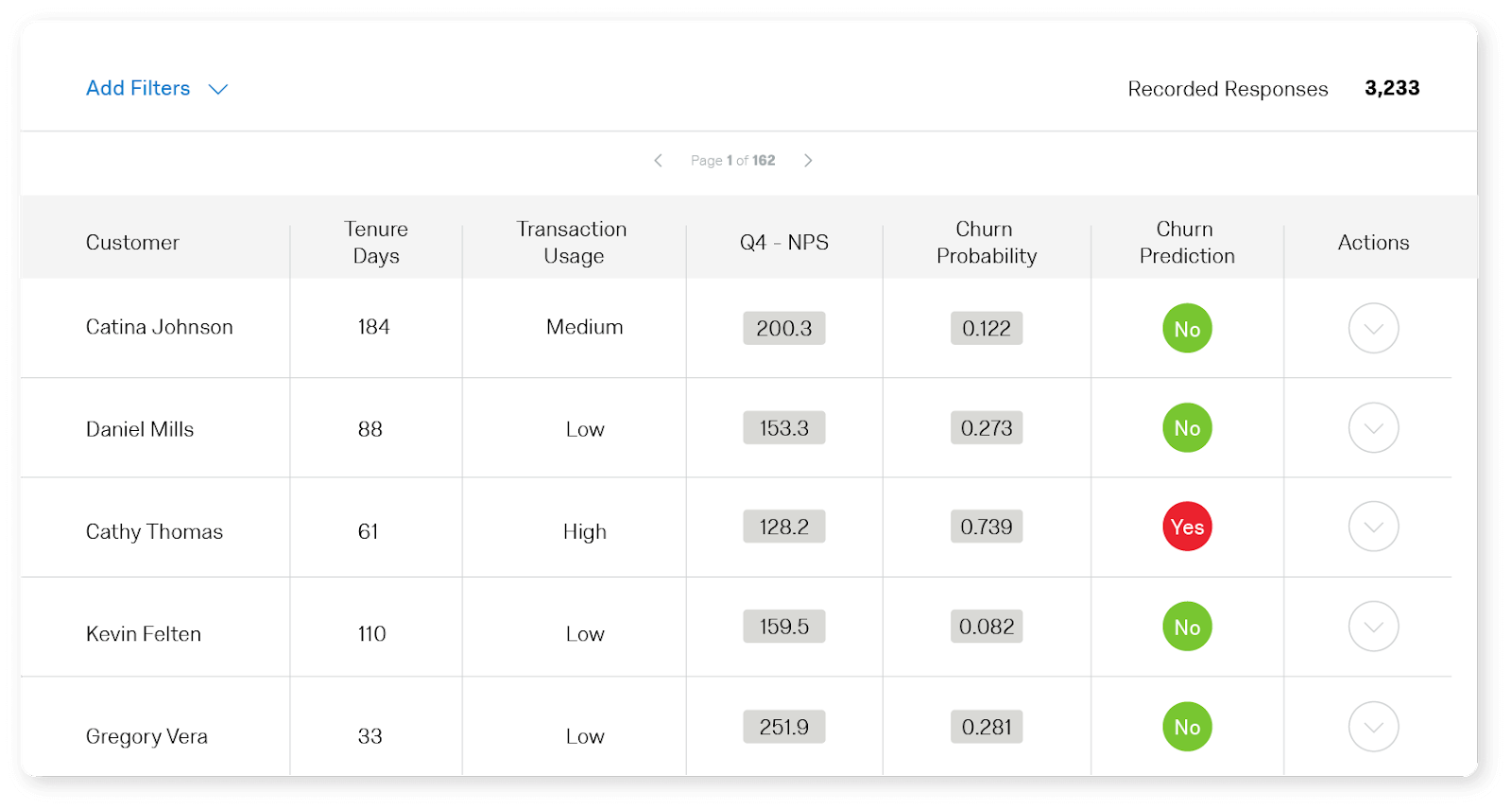Why Product Market Fit Is Important for Marketers
In today’s fast-paced business landscape, achieving product market fit has become a crucial aspect for marketers.
But what exactly is product market fit? Some may argue that it’s hitting a specific revenue milestone or achieving escape velocity, while others see it as the point when customers can’t live without your product.
Regardless of the specific definition, one thing is clear: When you’ve achieved product market fit, momentum takes over and propels your business forward.
In this post, we’ll explore the significance of product market fit for marketers and why it is a driving force behind successful marketing efforts.
Measurements of Product Market Fit
How can you determine if your product has achieved a strong product market fit? There are a few key indicators to consider:
NPS Score
The Net Promoter Score (NPS) is a valuable metric that reflects the loyalty and evangelism of your customers. A higher NPS score indicates that customers are more likely to spread positive word of mouth about your company, contributing to organic growth.

The NPS survey typically asks customers a single question: “On a scale of 0 to 10, how likely are you to recommend our product/service to a friend or colleague?” Based on their responses, customers are categorized into three groups:
- Promoters (Scoring 9-10): These are highly satisfied and loyal customers who are enthusiastic about the company’s offerings. They are likely to recommend the product or service to others, contributing positively to word-of-mouth marketing.
- Passives (Scoring 7-8): Passives are satisfied customers but not as enthusiastic as promoters. They are somewhat loyal but might easily switch to a competitor if offered a better deal or experience. They might recommend the product or service if specifically asked, but they are less likely to do so proactively.
- Detractors (Scoring 0-6): Detractors are unsatisfied customers who are likely to spread negative word of mouth about the company. They may have had a bad experience or found the product or service lacking in some way. Detractors could potentially harm the company’s reputation and hinder its growth.
To calculate the NPS, you subtract the percentage of detractors from the percentage of promoters:

Ranging from -100 to +100, a positive NPS indicates that you have more promoters than detractors, which is a favorable outcome for a company. A negative NPS means that there are more detractors than promoters, indicating areas for improvement in customer satisfaction and loyalty.
Cohort Retention Rates and Churn
If your business operates on a subscription model, closely monitor cohort retention rates and churn.
High retention rates signify that your product is continually delivering value to customers, while low churn rates indicate a strong product market fit.
Imagine you have a subscription-based fitness app. Users pay a monthly fee to access personalized workout plans, nutrition guidance and fitness tracking tools. As your app gains traction, you realize the importance of closely monitoring cohort retention rates and churn to gauge the success and effectiveness of your business model.
Cohort retention rates are the percentage of customers who continue using your app over time within specific cohorts or groups.
👉 To illustrate, let’s consider the first cohort of customers who signed up during the app’s launch month. After three months, you find that 80% of these initial users are still actively engaged with your app.
This high retention rate is encouraging and suggests that the product is consistently delivering value to customers. It indicates that users are satisfied with the features, content and results they are getting, leading them to stay committed to their fitness journey through your app.
On the other hand, churn refers to the rate at which customers discontinue their subscriptions or stop using the app:

If you notice a low churn rate in your app’s data, say only 5% of users cancel their subscriptions each month, it indicates a strong product market fit. Low churn means that your product is successfully meeting the needs and expectations of your target audience, reducing the likelihood of customers abandoning your platform for alternatives.
👉 To understand the significance of cohort retention rates and churn, let’s analyze a scenario:
Suppose you implement a new feature on your app called “Live Workouts” based on user feedback, offering real-time virtual training sessions with fitness experts. You closely monitor the impact of this addition on cohort retention rates and churn. After three months, you observe a significant improvement in cohort retention rates, jumping from 80% to 90%, and the churn rate drops from 5% to 3%.
These positive changes signify that the “Live Workouts” feature has been well-received by your user base. It has increased user engagement and satisfaction, resulting in more customers staying on board and fewer users discontinuing their subscriptions. The data indicates that the new feature aligns well with your audience’s preferences and adds substantial value to their fitness experience, contributing to a stronger product market fit.
You might even consider expanding the “Live Workouts” concept and exploring other interactive features to further enhance retention rates and minimize churn.
Conversely, you may realize that certain features are not resonating with your audience and decide to refine or remove them to improve product market fit.
Armed with these insights, you can confidently make data-driven decisions that help you refine and iterate the app to make it the best tool it can be for the intended audience.
Now, of course, this is just within the confines of our example, but we hope you can see that this line of logic can be applied to virtually any product in the discovery process of positioning efficiently for the ideal audience.
Related Content: 6 Marketing Lessons We Can All Learn from Amazon
Final Thoughts on Product Market Fit and How It Impacts Your Marketing
Finding the right product market fit for your business is vital for your marketing efforts to truly thrive. Without the proper placement of your products or services, you’ll fall short of delivering your messaging to the people who would be most receptive to your offer.
Remember that marketing is an amplifier of value, not a creator.
Thus, it’s essential to focus on refining your product until it genuinely resonates with your target audience. By analyzing key metrics like NPS score and cohort retention rates, you can gauge the strength of your product market fit and fine-tune your marketing strategies accordingly.
Don’t rush into marketing without ensuring that your product is truly remarkable. Take the time to find your product market fit, and you’ll generate the right marketing results that help your business grow.
If you’re ready to level up your product or service, Single Grain’s marketing growth experts can help!👇
Repurposed from our Marketing School podcast.
The post Why Product Market Fit Is Important for Marketers appeared first on Single Grain.

![ChatGPT Internal Server Error [7 Quick Fix]](https://river.pp.ua/wp-content/themes/schema-lite/images/nothumb-related.png)